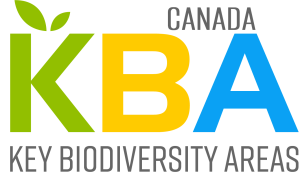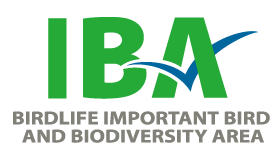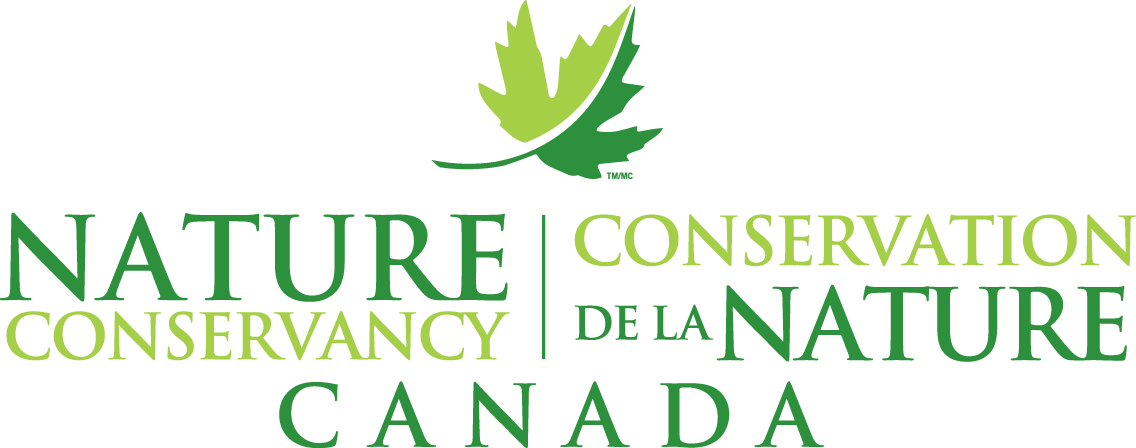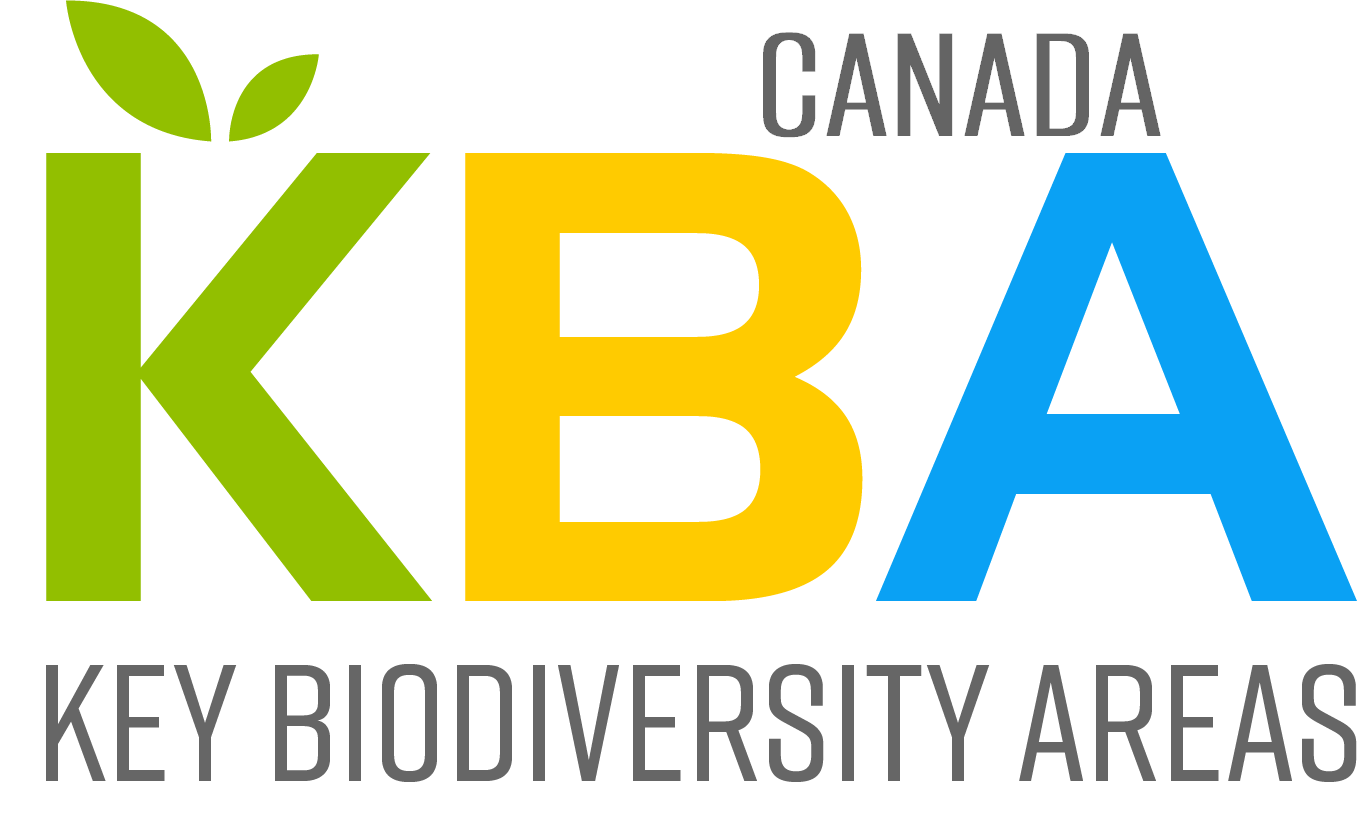Canada’s critical places for nature
In 2016, the International Union for Conservation of Nature (IUCN) unveiled a mission to create a program for all biodiversity under one roof for the first time. Along with BirdLife International and 11 global organizations, they introduced the concept of Key Biodiversity Areas (KBAs), building on the long-standing success of Important Bird and Biodiversity Areas (IBAs) and other similar systems. Upwards of 75% of the KBAs identified around the world so far are IBAs. A team of organizations – The KBA Canada Coalition – is working collaboratively to identify KBAs in Canada. Watch the video below for an introduction to KBAs, and to meet some of the Coalition members!
Adding knowledge about plants, mammals, insects and more to sites will deepen our understanding of their ecological value, and confirms what we already know: IBAs are beneficial for all biodiversity, not only birds. Identifying sites allows us to choose priority sites in Canada to focus our conservation efforts on, monitor threats and species at sites that need it the most, and most importantly, we can engage and partner with a wider range of people and organizations interested in conserving wild spaces in Canada.
The Important Bird and Biodiversity Areas (IBA) program is a global conservation initiative of BirdLife International, co-led in Canada by Birds Canada. Thousands of people volunteer their time as Citizen Scientists to monitor and steward IBAs in Canada.
Actions at sites include promoting nature appreciation through birding tourism (Niagara River, ON), reducing disturbance to migrating shorebirds (the Bay of Fundy), supporting bird monitoring “blitzes” and engagement of Indigenous communities (Manitoba and B.C.), conservation planning and legal protection (Prince Edward Country, ON), invasive species removal at sites across Canada, and partnering to preserve BC’s threatened Fraser Delta KBA.
As part of the KBA Coalition, Birds Canada is working to assess which of our IBAs might qualify as Key Biodiversity Areas. To transition these sites to KBAs, we are working to get the most up-to-date information for each site. Check out this map to see if there is any knowledge you’d like to contribute.
More information can be found at www.kbacanada.org
Contact:
Amanda Bichel
Key Biodiversity Areas Coordinator










